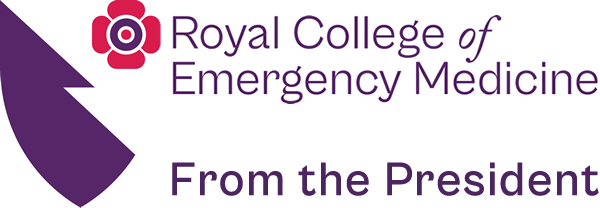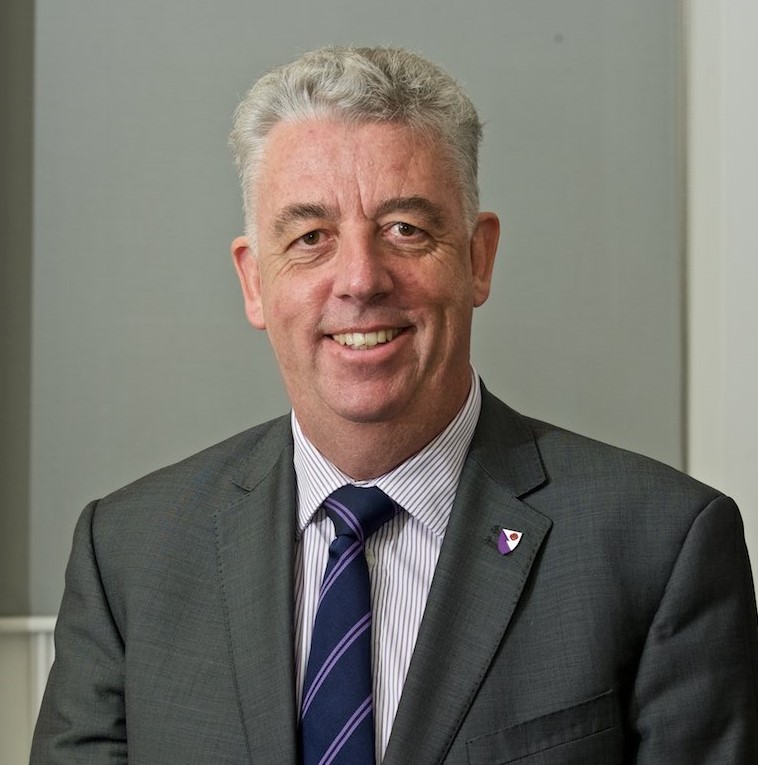Welcome to 2016, I trust all of you have had some time with family and friends over the Christmas and New Year Holidays. As I write I have just returned from a ‘highlight event’ – presenting diplomas to the successful MRCEM and FRCEM candidates. This is always a particular pleasure as it combines ceremony with celebration and is a clear reminder of the calibre of our ‘recruits’. That we have more than ever before, almost 900 new members this year alone and the highest fill rate since MMC is also hugely encouraging.
Given that this is a time of year to talk of reconciliation it is perhaps apt that the current contract dispute between the BMA and NHS employers has been referred to ACAS. It is to be hoped that this will enable an acceptable resolution with terms and conditions that encourage and sustain careers in emergency medicine. I have written to the parties concerned re-stating the RCEM position as submitted to the DDRB and published many months ago on our website.
This week I will be meeting with the Secretary of State, Jim Mackey the incoming CEO of NHS Improvement, Simon Stevens the CEO of NHS England and the Director of Strategy at the DH. Rest assured that the College continues to argue its case with the most senior people in our system. We have worked hard to achieve regular access to this level of decision maker – mindful of the fact that being right is seldom sufficient. Most importantly when we speak of ‘winning the argument’ we are not suggesting that others should loose. Our goal is to seek mutually beneficial solutions and thereby gain allies and supporters.
This week also saw our 2nd National Clinical Leaders Day. Over 100 clinical leads attended this event at the British Library and heard presentations on subjects as diverse as the strategic spending review, new examination structures, relevant metrics of ED performance, the challenge of mental health care in the ED and a masterclass on ‘branding’. The latter given by Chris Moulton VP was something of a reprise of his presentation at our Manchester Conference and is fast becoming the RCEM equivalent of Ronnie Barker’s ‘Four Candles Sketch’!
This winter we have launched the RCEM Winter Flow project. This was the idea of an Acute Trust CEO, and is based upon our highly successful Sentinel Sites Project. We are collating data from almost 50 Trusts from throughout the UK and looking at four hour standard performance, delayed transfers of care, cancelled elective operations and acute bed capacity. In this way we aim to provide a more meaningful analysis of the causes and consequences of ‘winter pressures’. We are publishing this data weekly on our website and the first tranche was reported widely by the BBC. This data and our report has enabled us to promote the DH/ NHS England guidance ‘Safer, Faster, Better’ which we co-badged. With so many Trusts in financial difficulty or reporting performance issues, sufficient to cause the CQC concern, it is essential that all systems concentrate on delivering the evidence based improvements cited in this document.
Although I have referenced the acronyms of English organisations the same statements are just as relevant for Wales, Scotland and Northern Ireland. I trust readers will absolve me from criticism for not indulging in the alphabet soup of listing all the comparable organisations!
So what can we expect in 2016? Well we surveyed the attendees at our National Clinical Leaders Day seeking their views on the progress we have made, as measured against our STEP campaign goals. Although just 12 months since we launched this campaign it was felt that we had achieved about 30% of our ambition. It will not require much cognition therefore to realise we have some way to go! Nevertheless it was felt we had made a good start and we must continue on our chosen path. Clearly 2016 will see changes to tariffs/ payments and terms and conditions; these in turn will influence greatly our staffing levels.
We will press ahead with the notion of the A&E hub in which the Emergency Department is but one, albeit vital, component. Alongside the ED should be sited, out of hours urgent primary care, mental health teams, pharmacy and in due course dentistry, community nursing and links to palliative care. This will simplify access to these services for patients. Such an arrangement would decongest our departments – reducing attendances to the ED by at least 20%. This ‘Pathfinder’ project has received support from many agencies and national bodies – we must ensure the benefits are realised in as many sites as possible.
In doing so we hope to create a three stranded model of urgent care based upon three locations; the patient’s own home, their GP surgery or the A&E hub.
Each will require different skill sets and deal with a distinct casemix. All need to be seven day services and staffing levels must match patient volumes.
We have sought to gain wide support for these ideas, always emphasising the win/win nature of the proposals. Our 2016 infographic is below for your reference. Another big year lies ahead..!
Dr Cliff Mann FRCEM FRCP
President
The Royal College of Emergency Medicine
@RCEMPresident


